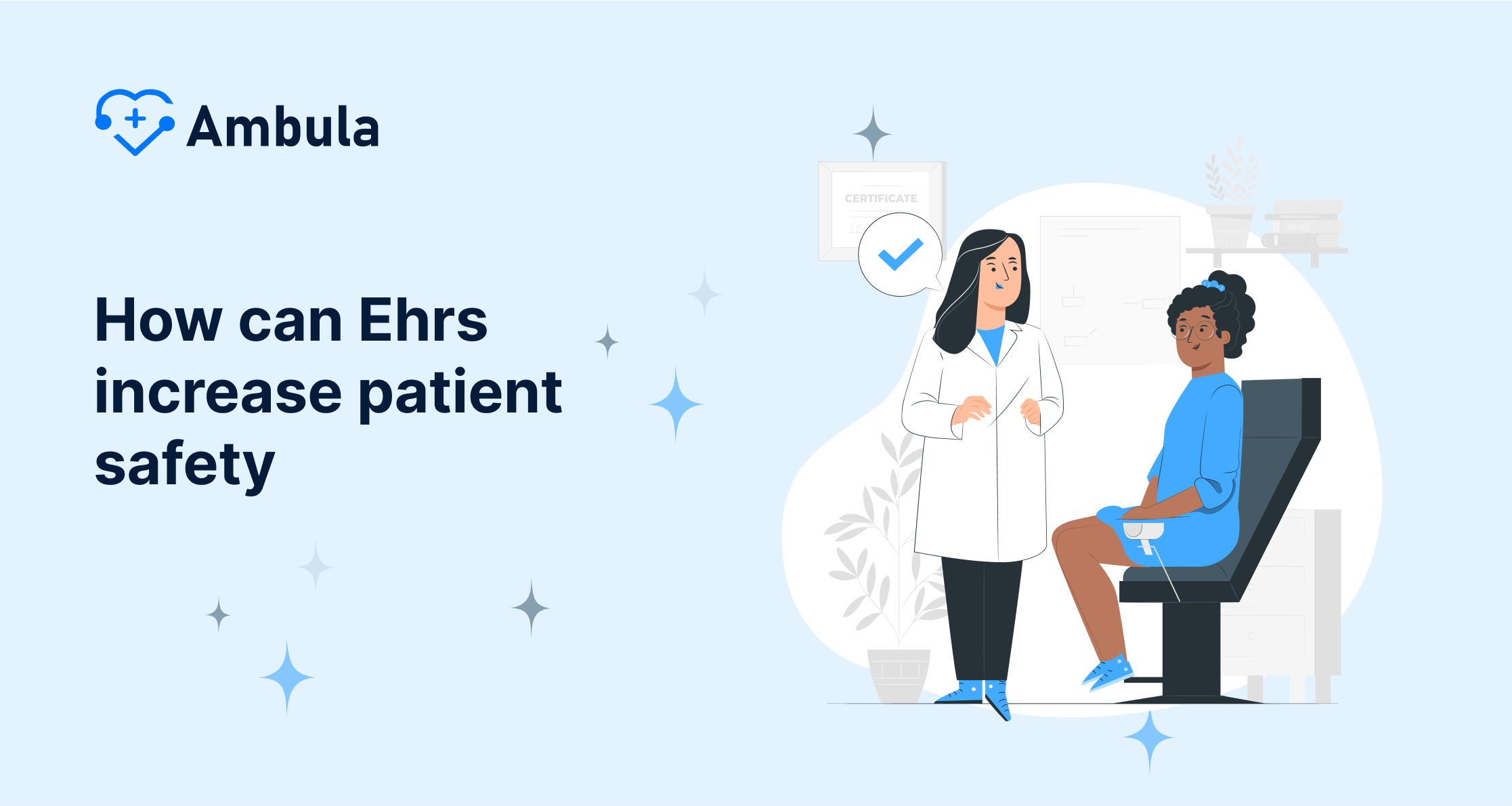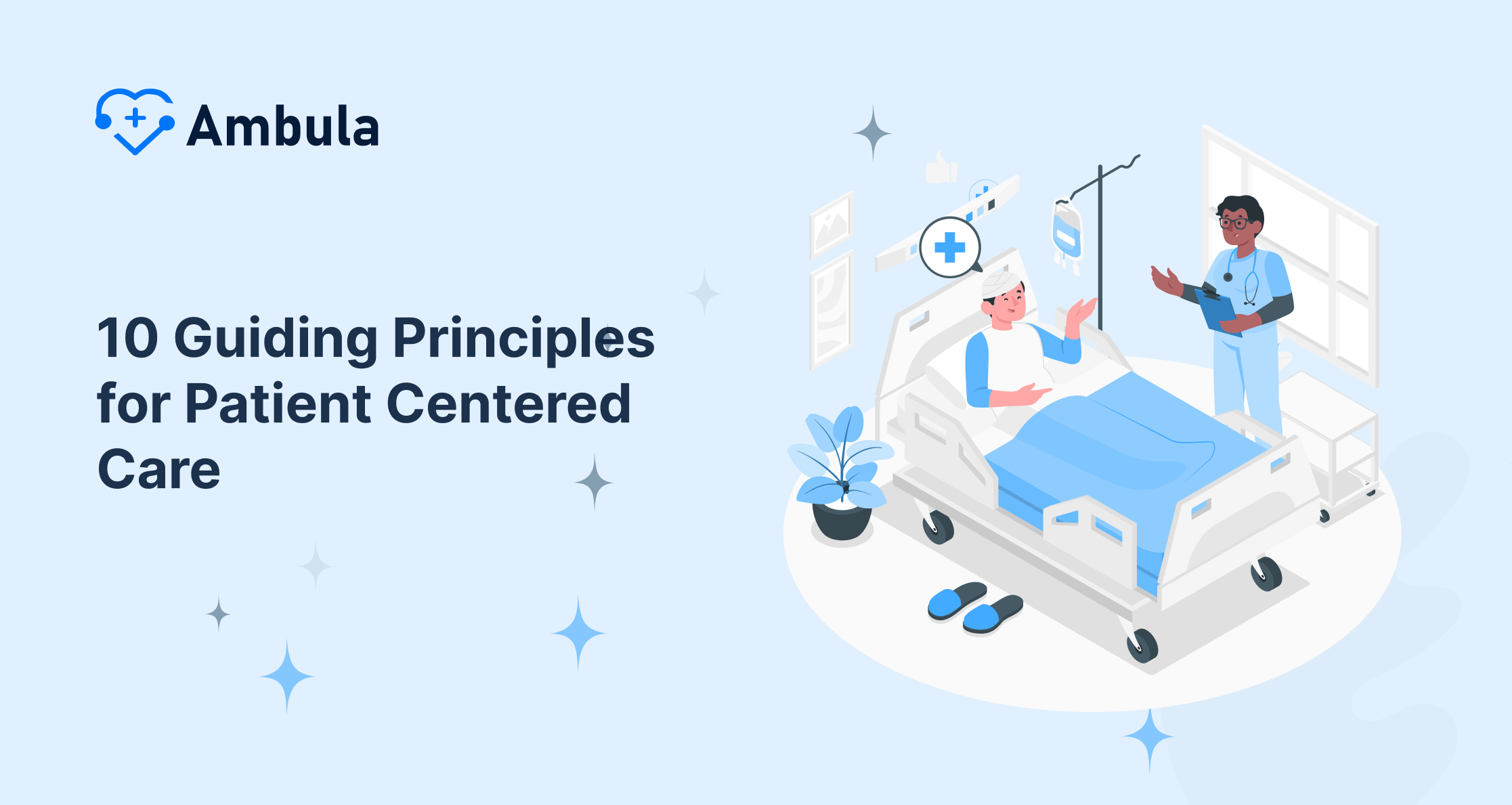
Patient engagement is a critical concept in healthcare, referring to the active involvement of patients in their own care. It encompasses patients’ knowledge, understanding, and participation in treatment decisions, as well as their ability to manage their health effectively. Engaged patients are more likely to adhere to treatment plans, achieve better health outcomes, and express satisfaction with their care. Measuring patient engagement is essential for understanding the definition of patient engagement and assessing the effectiveness of patient engagement marketing efforts.
Approaches to Measuring Patient Engagement
Patient engagement, a cornerstone of effective healthcare delivery, requires a multifaceted approach to measurement, encompassing a range of methods and tools to capture the diverse aspects of patient involvement and satisfaction. By employing a comprehensive evaluation strategy, healthcare providers can gain valuable insights into patient engagement examples, patient experience metrics, and motivations, enabling them to tailor interventions and enhance patient-centered care.
Structured Surveys and Questionnaires
Structured patient engagement surveys and patient engagement questionnaires offer an efficient and standardized approach to gathering quantitative data on patient engagement. These tools can be administered through various channels, including paper-based forms, online platforms, and mobile applications, making them accessible to a broad patient population. Surveys can assess a wide spectrum of engagement-related factors, including:
Patient satisfaction metrics: Surveys can gauge patients’ overall satisfaction with their healthcare experiences, evaluating provider interactions, communication effectiveness, and perceived care quality.
Patient knowledge and understanding: Surveys can measure patients’ grasp of their health conditions, treatment plans, and self-management strategies, ensuring that they are informed and empowered to make informed decisions.
Patient activation: Surveys can assess patients’ confidence, self-efficacy, and willingness to take an active role in managing their health, identifying areas where patients may require additional support or guidance. The Patient Activation Measure (PAM) is a widely used tool for measuring patient activation.
Health literacy: Surveys can evaluate patients’ ability to comprehend and apply health information effectively, ensuring they can access, understand, and utilize health-related resources appropriately.
Standardized questionnaires, such as the Patient Health Engagement Scale (PHE-scale), provide a consistent framework for assessing patient engagement across different patient populations. These scales often measure engagement on a level of engagement scale or engagement value scale.
In-Depth Interviews for Nuanced Insights
In-depth interviews offer a qualitative approach to understanding patient engagement, providing valuable insights into patients’ perspectives, experiences, and motivations. These interviews allow for open-ended discussions and personalized interactions, enabling healthcare providers to gain a deeper understanding of patient engagement factors, including:
Barriers and facilitators to engagement: Interviews can uncover specific factors that hinder or promote patient engagement, such as accessibility concerns, cultural barriers, lack of patient-provider relationship trust, or personal challenges.
Patient preferences and expectations: Interviews can reveal patients’ preferred communication styles, information delivery methods, and expectations from healthcare providers. This information is crucial for tailoring engagement strategies to align with individual patient needs and preferences.
Key Metrics for Measuring Patient Engagement
- Appointment attendance: This patient access metric measures the percentage of patients’ scheduled appointments. It is an indicator of patients’ commitment to their care and adherence to treatment plans. Low appointment attendance rates may suggest that patients are facing barriers to care or are not fully engaged in their health management.
- Medication adherence: This patient metric tracks the percentage of patients who refill their prescribed medications as instructed. Medication adherence is crucial for managing chronic conditions and achieving optimal health outcomes. Low medication adherence rates can lead to uncontrolled symptoms, increased healthcare costs, and poorer health outcomes.
- Utilization of preventive care services: This metric assesses the percentage of patients who receive recommended preventive care services, such as mammograms, colonoscopies, and immunizations. Preventive care services play a vital role in early detection and prevention of diseases, promoting overall health and well-being. Low utilization rates of preventive care may indicate a lack of awareness, access barriers, or concerns about screening procedures.
- Patient satisfaction: This metric measures patients’ overall satisfaction with their healthcare experiences. It encompasses provider interactions, communication, care quality, and perceived outcomes. High patient satisfaction levels reflect positive patient experiences, trust in providers, and a sense of patient value.
- Patient activation: This metric assesses patients’ confidence, knowledge, and skills in managing their health. It measures patients’ ability to take an active role in their care, understand their health conditions, make informed decisions, and follow treatment plans. High patient activation levels are associated with better health outcomes, reduced healthcare utilization, and improved patient satisfaction.
- Patient feedback: This metric encompasses the qualitative and quantitative feedback provided by patients through various channels, such as patient surveys, interviews, patient portals, suggestion boxes, and focus groups. Patient feedback provides direct insights into patients’ experiences, perceptions, and suggestions for improvement. It reveals patients’ unmet needs, preferences, and expectations, enabling healthcare providers to tailor engagement strategies more effectively.
By tracking and analyzing these key metrics for engagement and metrics in healthcare, providers can comprehensively understand patient engagement levels, identify areas for improvement, and implement targeted interventions to enhance patient-centered care. Effective patient engagement strategies can lead to improved patient satisfaction, better adherence to treatment plans, and, ultimately, better patient health outcomes.
Measuring Patient Engagement in Different Settings
Patient engagement, a cornerstone of effective healthcare delivery, demands a tailored approach to measurement, adapting to the unique dynamics of each healthcare setting. In hospital settings, patient engagement is often assessed through discharge surveys, capturing patients’ perspectives on their overall experience, including satisfaction with care, communication with providers, and preparedness for post-discharge care coordination and care management. These surveys provide valuable insights into areas for improvement and inform initiatives to enhance patient engagement throughout the hospitalization process, potentially reducing hospital readmissions.
Clinics, on the other hand, often employ post-visit questionnaires to gauge patient engagement and increase patient engagement. These questionnaires delve into specific aspects of the clinic visit, such as patient-provider interaction, understanding of treatment plans, and access to resources. By analyzing patient feedback from these questionnaires, clinics can identify areas where engagement can be strengthened and implement targeted interventions to improve patient satisfaction and adherence to treatment plans and ultimately increase patient engagement. Tracking clinic metrics is crucial for assessing the effectiveness of these efforts.
The rise of telehealth has introduced new dimensions to patient engagement measurement. Telehealth settings rely on patient portal activity and virtual appointment attendance metrics to assess patient engagement levels. Patient portal activity, encompassing actions like accessing medical records, communicating with providers, and completing educational modules, reflects a patient’s proactive involvement in managing their health. Similarly, virtual appointment attendance measures patient commitment to scheduled appointments and engagement in healthcare services delivered remotely.
Measuring Patient Engagement In Hospitals
The methods and metrics used to measure patient engagement vary strategically based on the healthcare setting. Hospitals prioritize discharge surveys to capture the overall patient experience, while clinics focus on post-visit questionnaires to address specific aspects of the clinic visit. Telehealth settings, in contrast, rely on patient portal activity and virtual appointment attendance to assess engagement in the remote care environment. By tailoring engagement measurement strategies to the unique characteristics of each setting, healthcare providers can effectively assess patient engagement, identify areas for improvement, and ultimately enhance patient outcomes.
Using Technology to Measure Patient Engagement
As technology seamlessly integrates into modern healthcare, it’s increasingly pivotal in assessing patient engagement. Electronic health records (EHRs) emerge as a treasure trove of insights, providing valuable data on patient behaviors such as appointment attendance and medication refills. Patient portals, functioning as virtual gateways to medical records, facilitate communication between patients and providers, enabling them to access information, complete questionnaires, and actively participate in their care journeys. Wearable devices and mobile health apps further augment engagement efforts by tracking various health metrics, including activity levels, sleep patterns, and adherence to preventive care guidelines. This data-driven approach empowers healthcare providers to identify potential disengagement risks and intervene accordingly. For instance, reaching out to patients with irregular appointment attendance to address underlying issues or providing transportation assistance can effectively recapture their engagement. Patient engagement HIT (health information technology) plays a crucial role in facilitating these efforts.
Patient portals
Patient portals, with their interactive nature, empower patients to become more informed about their health conditions, fostering a sense of patient empowerment and ownership in their healthcare decisions. This active engagement translates into better adherence to treatment plans, improved medication compliance, and enhanced patient satisfaction. Additionally, wearable devices and mobile health apps serve as personalized engagement tools, providing real-time feedback, tracking progress toward health goals, and offering reminders for medication intake. By analyzing this personalized data, healthcare providers can tailor interventions to individual patient needs, optimizing care delivery and maximizing treatment outcomes.
Overcoming Challenges to Measuring Patient Engagement
Gathering and analyzing vast amounts of patient data to assess engagement can be resource-intensive. Healthcare organizations must invest in appropriate infrastructure, data storage solutions, and data analytics expertise to effectively manage and interpret the data generated from various sources, such as electronic health records (EHRs), patient portals, wearable devices, and mobile health apps. Patient engagement data’s sheer volume and complexity require specialized skills and tools to extract meaningful insights and actionable information.
Patient privacy and confidentiality
Safeguarding patient privacy and maintaining data security are paramount considerations when collecting and utilizing patient engagement data. Healthcare organizations must adhere to strict data privacy regulations, such as HIPAA (Health Insurance Portability and Accountability Act) in the United States, to protect patient information from unauthorized access, disclosure, or misuse. Robust data security measures, including encryption, access controls, and regular audits, are essential to prevent data breaches and ensure patient trust in the data collection process.
Cultural and linguistic barriers
Cultural differences and language barriers can significantly impact the interpretation and accuracy of patient engagement data. Healthcare providers must be mindful of their patient population’s diverse cultural backgrounds and language preferences. Employing culturally sensitive engagement measurement methods, translating patient-facing materials into multiple languages, and utilizing culturally competent interpreters can help overcome these barriers and ensure patient engagement is accurately assessed across different demographics.
Using Patient Engagement Data for Improvement
Patient engagement data can be used to identify areas for improvement in healthcare delivery. By analyzing engagement metrics, healthcare providers and organizations can:
-
Tailor care interventions to individual patient needs and preferences.
-
Address barriers to engagement, such as lack of access to information or cultural sensitivities.
-
Improve patient education and communication.
-
Enhance the patient experience and satisfaction.
Case Studies of Successful Patient Engagement Measurement
Numerous healthcare organizations have successfully implemented patient engagement measurement programs, leading to significant improvements in patient outcomes and satisfaction. These case studies provide valuable lessons for other healthcare providers and organizations seeking to enhance patient engagement.
Intermountain Healthcare
Intermountain Healthcare, a large healthcare system in the United States, has utilized patient engagement measurement to drive positive outcomes. The organization’s approach involves measuring engagement at various stages of the care process, enabling them to gauge the impact of their efforts and make targeted improvements. Some key achievements resulting from this approach include a 20% reduction in readmissions by identifying high-risk patients and implementing appropriate interventions. Additionally, patient satisfaction scores have seen a 10% increase since patient engagement measurement was implemented. Lastly, Intermountain Healthcare has successfully increased the utilization of preventive care services by proactively engaging patients in their care, leading to improved patient outcomes.
Geisinger Health System
Geisinger Health System is a non-profit healthcare system based in Danville, Pennsylvania. Geisinger Health System has used health behavior data to identify and intervene with patients at risk for developing chronic diseases. For example, Geisinger Health System has used data from wearable devices to identify patients who are not getting enough exercise. Geisinger Health System then provides these patients with interventions to help them increase their physical activity.
Future Directions in Patient Engagement Measurement
Emerging technologies and trends are shaping the future of patient engagement measurement:
-
Artificial intelligence (AI) and machine learning (ML) can analyze large datasets of patient engagement data to identify patterns and trends, providing deeper insights into patient behavior.
-
Patient-generated data (PGD) from wearable devices and mobile health apps can provide real-time information about patients’ health and engagement levels.
-
Integrative care models that emphasize patient-centeredness will require new approaches to measuring patient engagement that capture the dynamic nature of patient-provider relationships.
Conclusion
Patient engagement is a critical component of high-quality healthcare. Measuring patient engagement provides valuable insights into patients’ experiences, preferences, and involvement in their care. By using a combination of quantitative and qualitative measures, healthcare organizations can identify areas for improvement, tailor interventions, and ultimately enhance patient outcomes and satisfaction.




